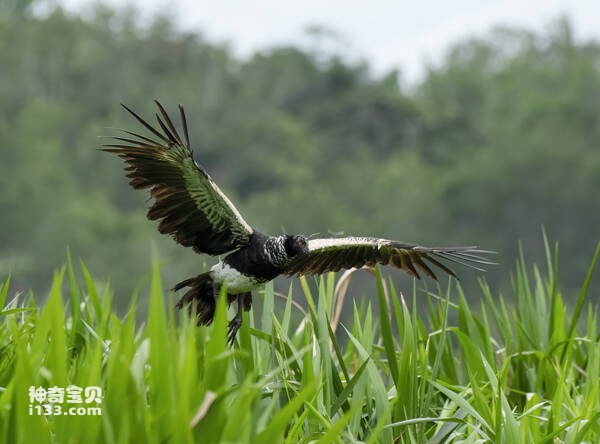
Anhima cornuta
Anhima cornuta,Horned Screamer
The Horned duck (Anhima cornuta) is known as Horned Screamer and has no subs···
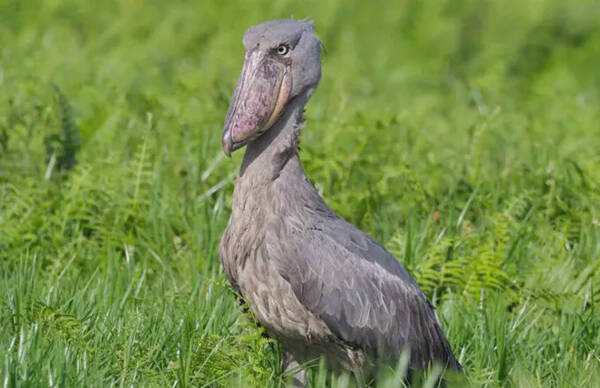
Balaeniceps rex
Balaeniceps rex,Scorpion Stork, Shoe-billed Stork, Zootropod
The largest bird on earth is the Shoebill, the only species in the genus Sho···
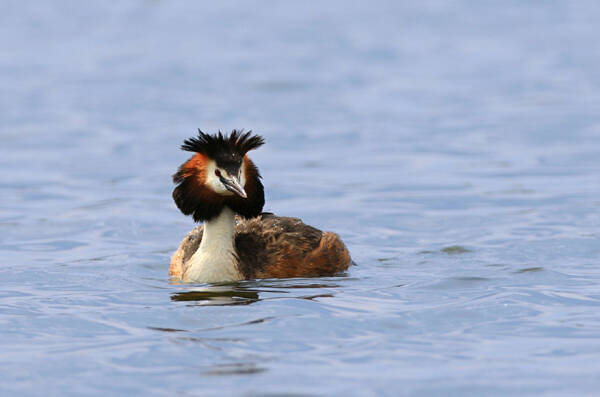
Podiceps cristatus
Podiceps cristatus,Langlibai, Langhuaer, Langli, Shui Laogua, Shui donkey
The Crested Grebe is a summer bird that lives from the northeast to the Qing···
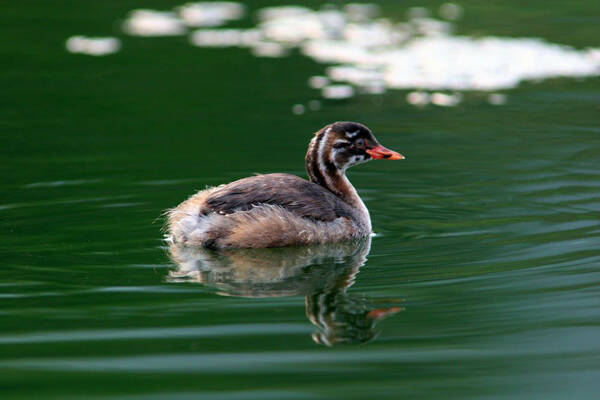
Tachybaptus ruficollis
Tachybaptus ruficollis,Oil duck, water hyacinth, oil gourd, turtle duck
The small grebe (pì) is a species of the genus Small grebe of the family Gr···
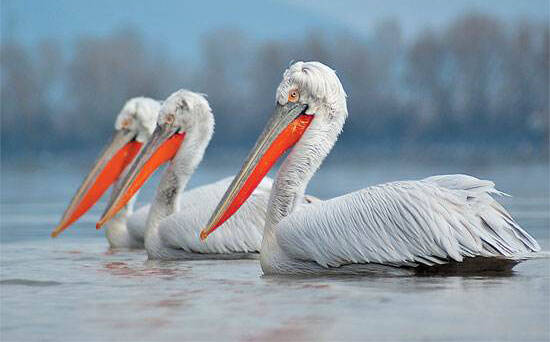
Pelecanus crispus
Pelecanus crispus,Dalmatian Pelican
The Dalmatian Pelican, whose foreign name is Dalmatian Pelican, is a large w···
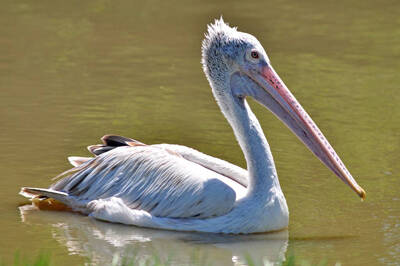
Pelecanus philippensis
Pelecanus philippensis,Spot-billed Pelican,Pied-billed pelican, pelican, river escaping, goose, gannet, river escaping
Spot-billed Pelican, also known as Spot-billed Pelican, has two subspecies.S···
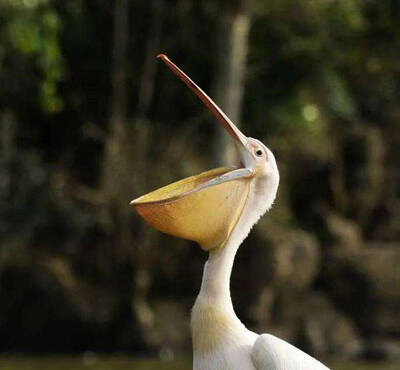
Pelecanus onocrotalus
Pelecanus onocrotalus,Eastern White Pelican,pelican, troll, gannet, pelican
White Pelican is called Eastern White Pelican in foreign language. It is a l···
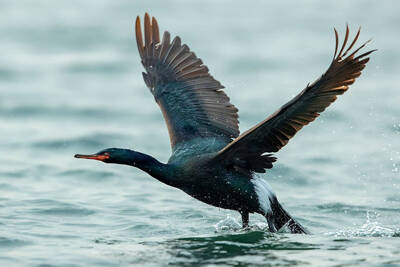
Phalacrocorax pelagicus
Phalacrocorax pelagicus,Pelagic Cormorant,Black Pelican
Pelagic Cormorant is a large water bird with two subspecies.Most of the sea ···
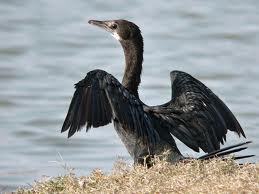
Little Cormorant
Phalacrocorax niger
Little Cormorant, a medium-sized cormorant, is much smaller than the general···
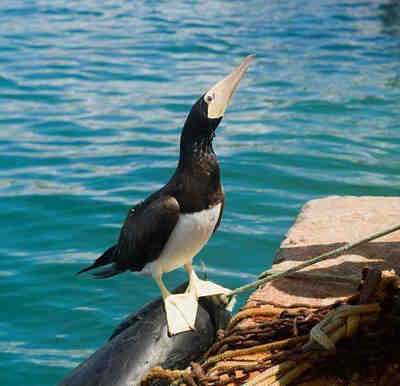
Brown Booby
Sula leucogaster
Brown Booby, also known as Brown Booby, is a waterfowl and large seabird wit···
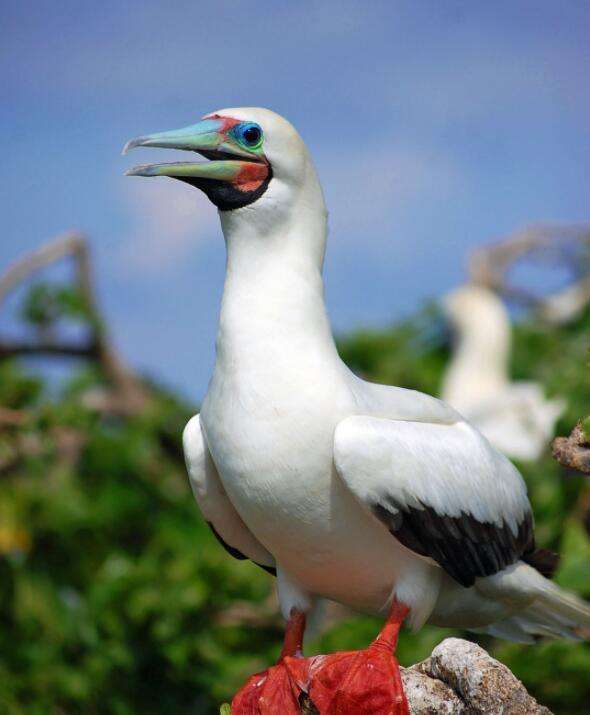
Red-footed Booby
Sula sula
Red-footed Booby is a black and white or smoky brown booby with three subspe···
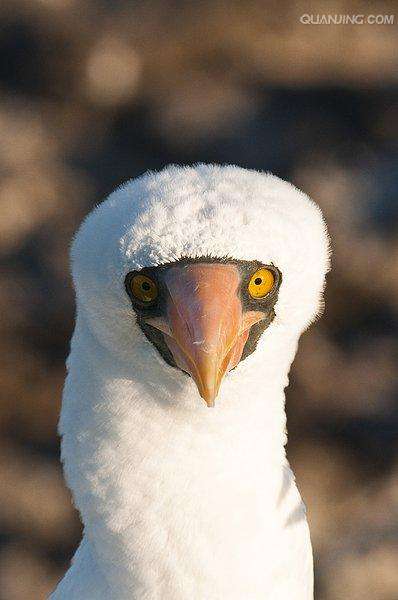
Sula dactylatra
Sula dactylatra,Masked Booby
The Masked Booby is a black and white booby with 6 subspecies.Except for the···
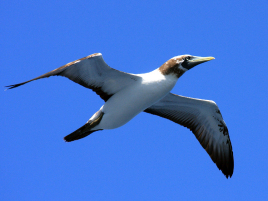
Lesser Frigatebird
Fregata ariel
Lesser Frigatebird, also known as Lesser Frigatebird, has three subspecies.L···
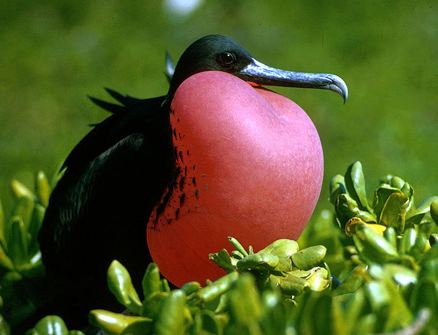
Great Frigatebird
Fregata minor
Great Frigatebird is a large seabird with 5 subspecies.The Great Frigatebird···
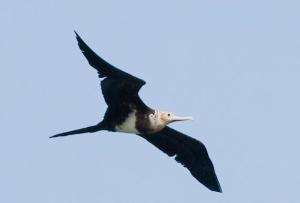
Christmas Island Frigatebrid
Fregata andrewsi
The white-bellied frigatebird is also known as Christmas Island Frigatebrid.···
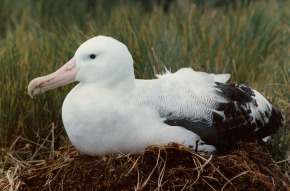
Phoebastria albatrus
Petrel, albatross, Short-tailed Albatross
Short-tailed Albatross is a large seabird with no subspecies.Short-tailed Al···
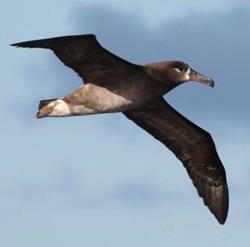
Phoebastria nigripes
Phoebastria nigripes,Black-footed Albatross
The Black-footed Albatross (footed Albatross) is a large seabird of the fami···

Sterna acuticauda
Sterna acuticauda,Black-bellied Tern
The Black-bellied Tern is a small waterbird with no subspecies.Black-bellied···
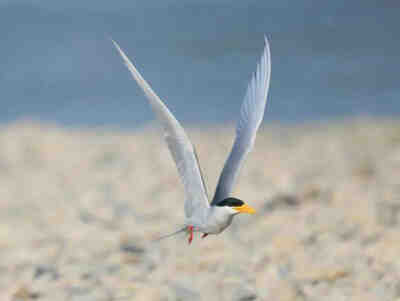
Sterna aurantia
Sterna aurantia,River Tern, Indian River Tern,Yellow-billed tern, Indus Tern
River Tern is a medium-sized waterfowl with no subspecies.River terns are re···
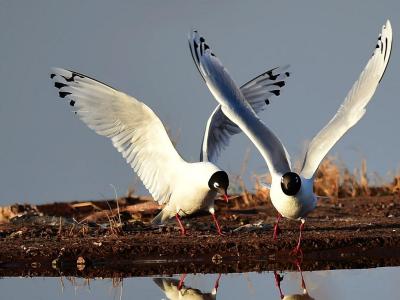
Larus relictus
Larus relictus,Relict Gull,angler
Relict Gull is a medium-sized waterfowl with no subspecies.In 1931, zoologis···
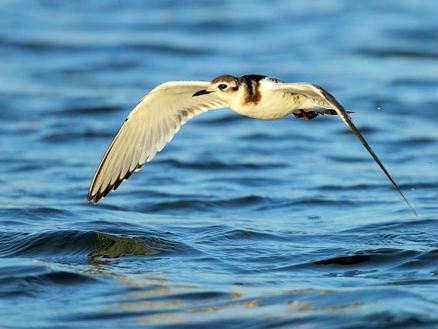
Larus minutus
Larus minutus,Little Gull,Hydrocoloeus minutus
Little Gull is a small waterfowl with no subspecies.Little gulls are partly ···
